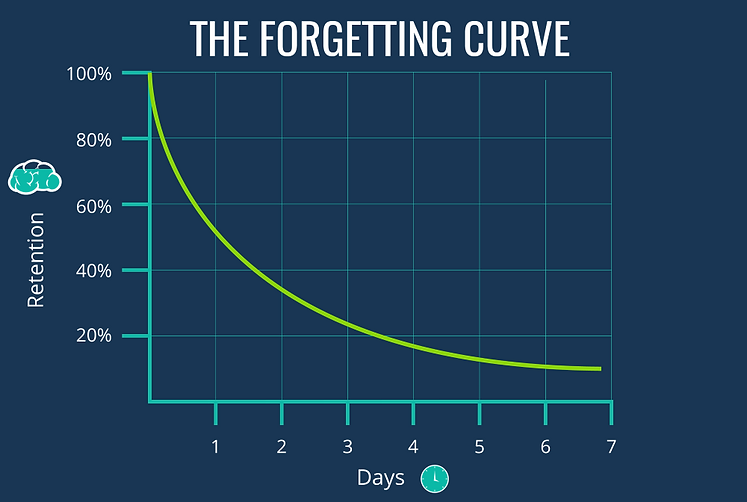The Implement Phase
Great job! You've completed your analysis, developed a plan, and developed a course that you're proud of! Now it's time to get it in front of your learners and make learning happen. Welcome to the Implementation Phase of ADDIE. Whether you're launching an Instructor-led course in a simple Word Document or a robust eLearning, there are things that need to happen to successfully launch your course.
How Do You Train-The-Trainer/Teacher?
If your course is instructor-led or a blend of ILT and eLearning, then you'll likely need to bring your course trainers/facilitators up to speed. There are a number of ways in which this can be accomplished. Like your training approach, you need to take into account your audience and the needs of the organization. Some of the more traditional ways of preparing instructors are:
-
In-person or virtual, live Train-the-Trainer events
-
Recorded Train-the-Trainer sessions
-
Instructor Preparation Guides
This is a great place to point out that none of these happen in a vacuum. If you need to complete any one of the above, you should account for the deliverable itself, and the time needed to create or conduct it, in your Training Plan work-back schedule.
Scheduling in the Learning Management System (LMS)
For some audiences and organizations, scheduling training in the LMS is a simple matter of just assigning it to the correct groups. For others, especially large organizations, careful consideration and planning may need to happen to ensure that the intended audience is able to complete the training by the due date with as minimal impact to the day-to-day operation of the company as possible. The good news is that in those larger organizations, there's usually a person or a team who does the actual scheduling. However, as the learning professional, you should provide guidance and recommendations as to how far out in advance training can be scheduled before the skills learned will be put into use. Enter the Forgetting Curve and 70/20/10 theory.
The Forgetting Curve and 70/20/10 Considerations
The Ebbinghaus Forgetting Curve demonstrates how learners forget information if it is not reinforced in future activities (Cloke, 2018). Training, or rather learning, is not a single destination, it's a journey. Look at the graph below. Notice how after just 24 hours the average learner has forgotten almost half of what they learned the day before? See what happens after a week?

Image courtesy of eLearning Industry
Now, this doesn't mean that you must create multiple learning deliverables to be taken at various intervals. Much of the skill use and reinforcement that helps eliminate the forgetting curve happens naturally back on the job or in the students' related assignments. We call attention to the forgetting curve here because it can be a significant factor to consider in when developing your Training Plan and determining the timing of the training start and end dates as part of Implementation.
For example, let's say you have a huge audience to train, and it's going to take at least two weeks for everyone to take your one-hour course. Your company insists that all employees are trained before the launch of the product. According to the forgetting curve, those who attend training first are likely to forget much of what they learned by the time the launch of the product occurs, while employees at the end of the training cycle will have a distinct advantage. Once employees begin to support the product in their daily activities, these additional touchpoints with the content help reinforce the initial learning and this leads to the retention of the information.
An example of this is the 70/20/10 learning model. Developed in the 1980s by Morgan McCall and the Center for Creative Leadership, the formula was derived from research showing that 70% of learning comes from on-the-job experience, 20% is social learning, and what most consider formalized training accounts for a mere 10% (Growthengineering, 2020).
While those percentages are a bit of a stake in the heart of those whose passion is instructional design, they're an important indicator of whether or not additional learning opportunities may be needed to reinforce prior learning. In the example above, perhaps you can create a one-page job aid that covers the main course concepts, and deliver it to the learners a few days to a week after their class? Even a simple email, if well-constructed, can serve as that additional touch-point to ward off the forgetting curve.
Resources
Cloke, H. (2018). What is the Forgetting Curve (And How Do You Combat It)?. eLearning Industry.
eThink (2019). What is an LMS? The Basics of Learning Management Systems. https://ethinkeducation.com/blog/what-is-an-lms-the-basics-of-learning-management-systems/
Growthengineering. (2020). What is the 70:20:10 Model? https://www.growthengineering.co.uk/70-20-10-model/
